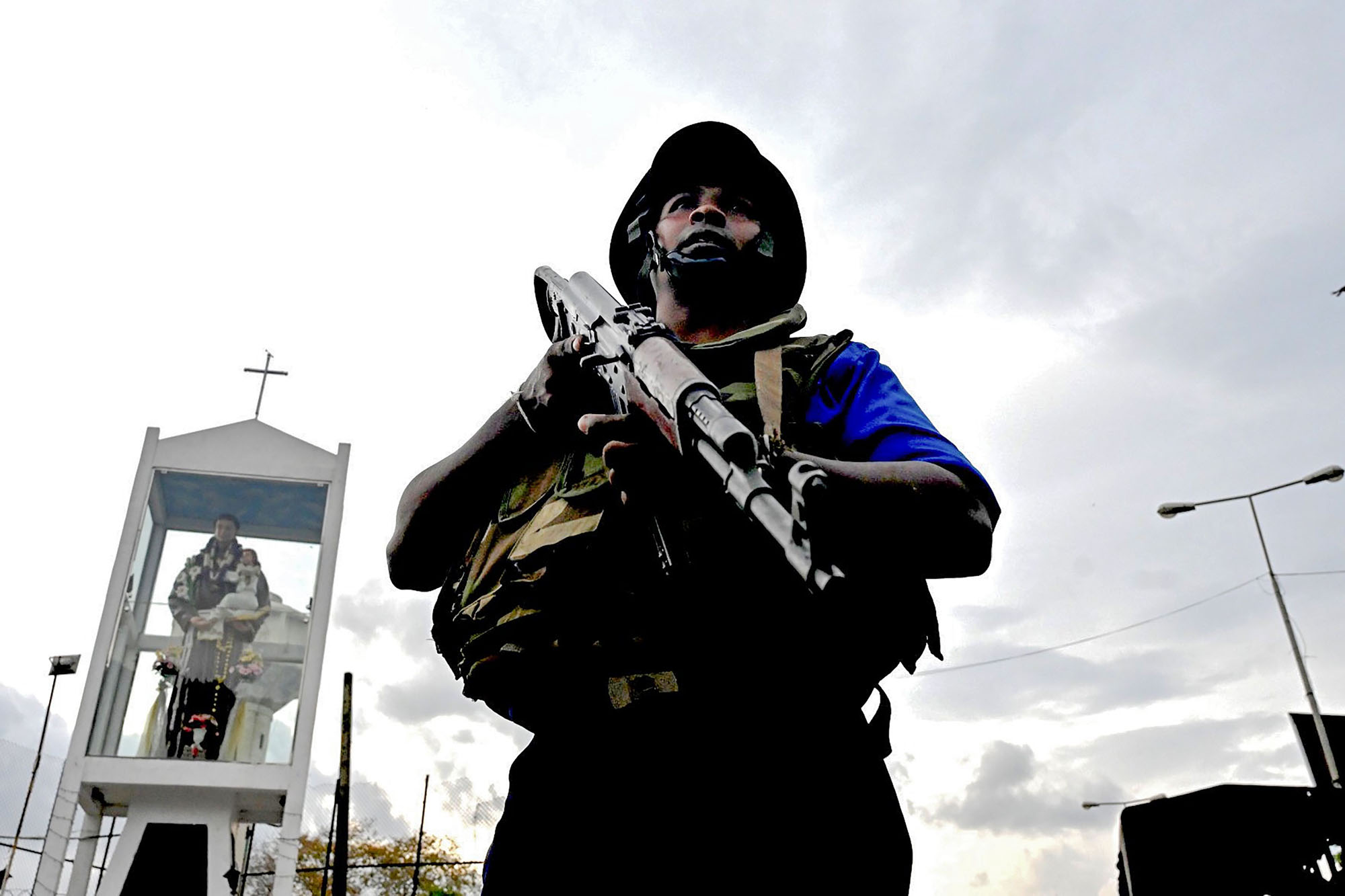For most Sri Lankans, the Easter Sunday of 2019 started off like any other Sunday. Those belonging to the Christian minority, which accounts for around 7 percent of the country's total population, were gathering en masse at churches across the island to attend the Easter morning Mass; the school-aged children were waking up to what they thought was going to be the last day of their Sinhala and Tamil new year vacation; and most others were returning to the cities after enjoying successive long weekends, which is a rare luxury. For the tourists visiting the island, which was touted as one of the top travel destination for 2019, it was imperative to start their day off early if they were to avoid the frequent evening showers.
Little did we know that April 21 was about to go down in history as one of Sri Lanka's darkest days. Between 8:45 a.m. and 9:05 a.m., multiple explosions rocked several popular churches and luxury hotels in the country's capital of Colombo. Harrowingly, it quickly became evident that the target was not just one city, with explosions taking place in the eastern coastal town of Batticaloa, located over 300 km from the capital, and Negombo on the west coast, just under 40 km north of Colombo.
Sri Lanka has been through a lot. The country has witnessed a protracted war that dragged on for over two-and-a-half decades. It has even had to deal with a brutal Marxist insurgency in the south for good measure. So one could be excused for thinking that a country that has witnessed so much bloodshed would be braced for any impending attack, irrespective of the scale. However, for those of us living in the emerald isle, senseless killing was a thing of the past — or so we thought.



















With your current subscription plan you can comment on stories. However, before writing your first comment, please create a display name in the Profile section of your subscriber account page.